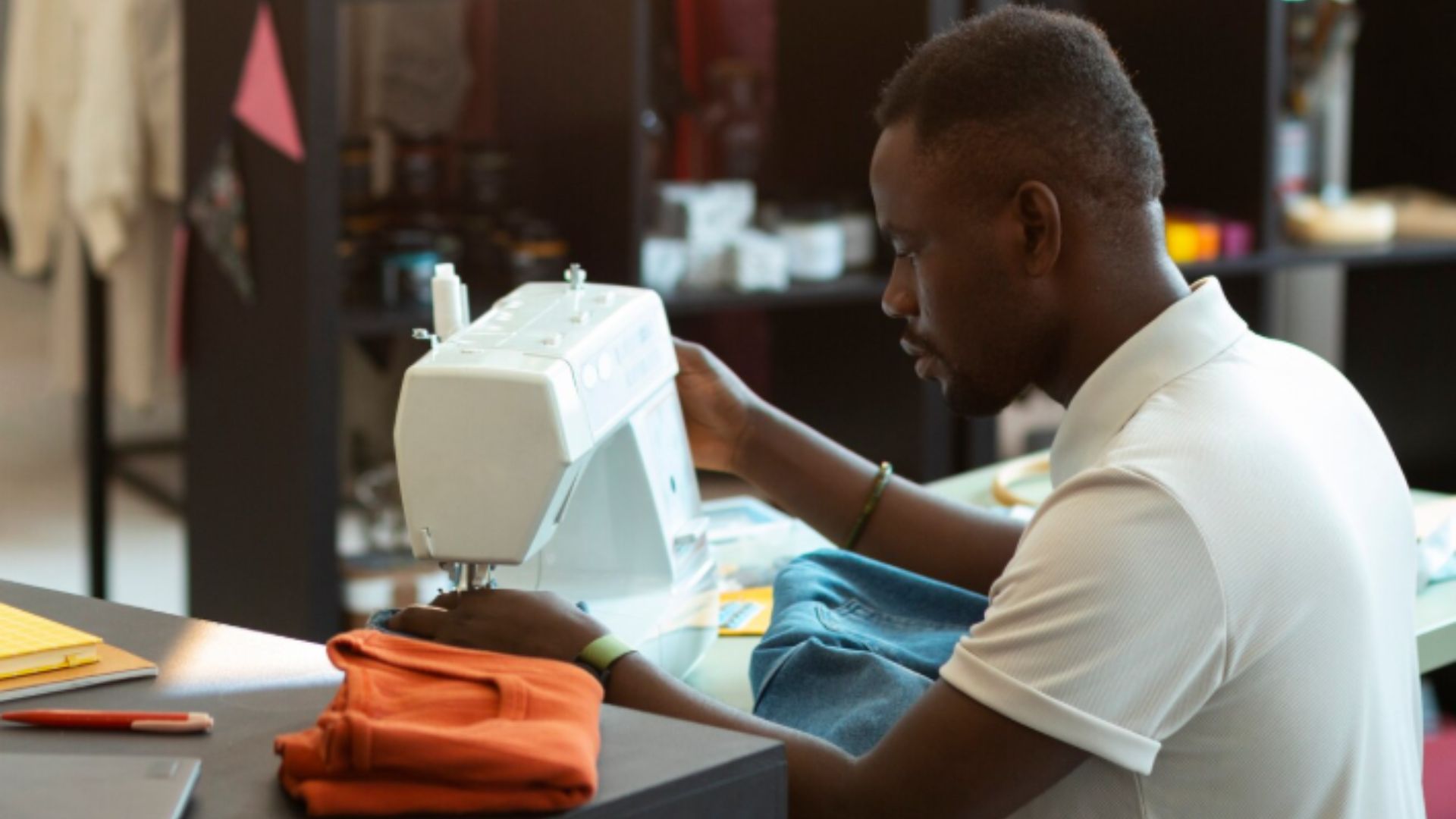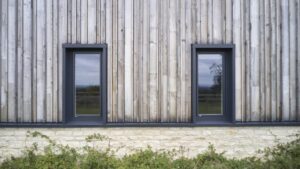In Kenya, geotextile fabrics have become essential materials in construction, agriculture, and landscaping projects. Their durability and versatility make them ideal for soil stabilization, filtration, drainage, and erosion control. With the rising demand for these fabrics, understanding the geotextile fabric price in Kenya has become increasingly important. Knowing what influences these prices helps contractors, farmers, and homeowners make informed purchasing decisions while avoiding unnecessary expenses.
Factors That Influence Geotextile Fabric Price in Kenya
Several factors contribute to price variations in geotextile fabrics across different regions in Kenya. The type of material—woven or nonwoven—plays a major role. Each type serves specific purposes; for example, woven fabrics are commonly used for soil reinforcement, while nonwoven fabrics are more suited for filtration and drainage.
Another major determinant is fabric weight and thickness. Heavier and thicker fabrics offer higher durability and strength, making them suitable for demanding projects such as road construction or retaining walls. Naturally, these options come at a higher cost but provide greater long-term value due to their resilience.
Understanding the Importance of Geotextile Membranes in Construction
In Kenya’s construction sector, geotextile membranes are indispensable. They serve multiple purposes, including separating soil layers, managing loads, and enhancing infrastructure longevity. For example, in road construction, these membranes prevent the mixing of sub-base and subgrade materials, improving road durability and reducing maintenance costs.
Because of their vital role, investing in high-quality geotextile membranes is essential. While the upfront cost may be higher, the long-term savings from reduced repairs and improved performance make them a cost-effective choice.
Why Comparing Prices Matters in Kenya’s Market
Kenya’s market features a wide range of geotextile fabric suppliers offering varying quality levels. Some provide cheaper, low-grade materials that may not meet project standards, while others sell certified, high-performance fabrics. Comparing prices helps you identify trusted suppliers who deliver genuine products at fair rates.
Beyond the fabric itself, consider additional costs such as transportation and installation. These can significantly affect the total project budget, particularly for large-scale developments requiring bulk purchases. Partnering with reputable suppliers ensures not only product quality but also value-added services like technical support and on-time delivery.
Common Uses and Budget Planning
Geotextiles are used in numerous applications across Kenya, including:
- Road construction and stabilization
- Drainage and filtration systems
- Embankments and dams
- Retaining walls
- Agricultural and landscaping projects
Each use demands specific fabric characteristics, directly influencing cost. For example, lightweight fabrics may suffice for basic drainage systems, whereas heavy-duty reinforcement requires stronger, more expensive materials. Understanding your project’s needs helps in setting an appropriate budget and avoiding overspending on unnecessary specifications.
How Proper Geotextile Installation Reduces Long-Term Costs
Proper installation is crucial in maximizing the benefits of geotextile fabrics. When correctly placed, they enhance soil stability, control erosion, and improve water drainage. This not only boosts structural performance but also minimizes future repair costs.
In agricultural settings, correctly installed membranes help regulate water flow and prevent soil contamination, promoting healthier crops and long-term soil fertility. Investing in expert installation ensures optimal functionality and reduces recurring maintenance expenses—an important factor for cost-sensitive projects.
Finding Reliable Suppliers for the Best Geotextile Fabric Prices in Kenya
To secure the best geotextile fabric price in Kenya, it’s vital to source materials from credible and experienced suppliers. Reliable vendors provide technical guidance, quality assurances, and after-sales support. Many also offer volume discounts and flexible delivery options, which can be especially beneficial for large projects.
Before purchasing, verify supplier credentials and certifications to ensure compliance with quality standards. Partnering with reputable dealers not only guarantees durable materials but also contributes to efficient project execution and long-term success.
Conclusion
When planning construction or agricultural projects, considering the geotextile fabric price in Kenya is as important as selecting the right materials and suppliers. Each decision—from choosing the right fabric type to ensuring proper installation—directly impacts both performance and cost efficiency.
By understanding what influences pricing, the role of geotextile membranes, and the importance of trusted suppliers, you can make informed choices that lead to durable, sustainable, and cost-effective results. Ultimately, investing wisely in geotextile fabrics supports stronger infrastructure, better agricultural outcomes, and long-term project savings across Kenya.








